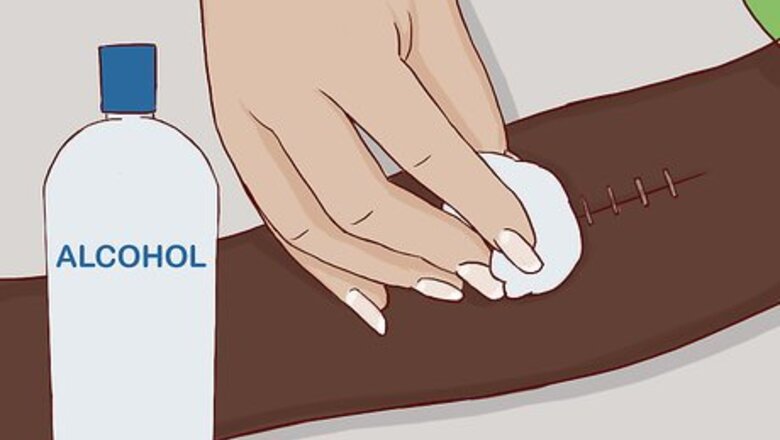
views
X
Trustworthy Source
Cleveland Clinic
Educational website from one of the world's leading hospitals
Go to source

Cleanse the wound. Depending on the condition of the healed incision, use saline, an antiseptic such as alcohol, or sterile swabs to remove any debris or dried fluids from the wound.
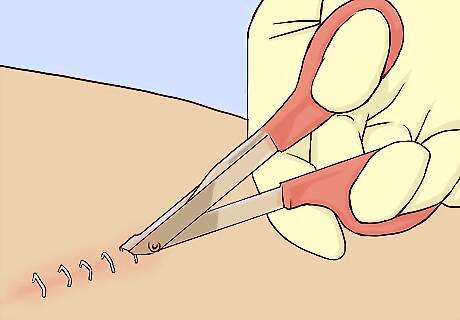
Slide the lower part of a staple remover under the middle of the staple. Begin at one end of the healed incision. This is a specialized tool doctors use to take out surgical staples.

Squeeze the handles of the staple remover until they are completely closed. The upper part of the staple remover will push down the middle of the staple, causing the staple ends to pull out of the incision.

Take out the staple by releasing the pressure on the handles. When the staples are removed, drop them into a disposable container or bag. Pull out the medical staple in the same direction it went in to avoid tearing your skin. You might feel a slight pinch, sting or tugging sensation. This is normal. Gain confidence to care for yourself. "As a single dad, I was so anxious about my son's staples with no insurance. But the clear visual steps in this article helped me understand the process to remove them myself. Now, I feel capable of handling small medical stuff that comes up. It's empowering to take care of my boy's needs rather than avoid treatment due to money." - Dawn M. Enable at-home care when unable to travel. "Recovering from major back surgery left me housebound and unable to drive to appointments. With my home health nurse's assistance and this article breaking down the staple removal process, I safely took out my own staples. Being able to heal at home rather than attempt an agonizing car ride was such a relief." - Anita F. Use proper technique to prevent scarring. "I was nervous about messing up and ripping my skin when taking out my staples. But thanks to the detailed instructions and illustrations here, I carefully pinched each staple middle and pulled it straight out. Now, I'm healing beautifully with minimal scarring." - Billy M. Trust your doctor for the best recovery. "This article reinforced that I should fully trust my doctor for the best possible wound healing. As tempting as tackling staple removal myself was to save money, compromising care right now could seriously affect this long recovery. I'll lean on my care team rather than risk it." - Latricia R. We want to hear from you! Advice from our readers makes our articles better. If you have a story you’d like to share, tell us here.
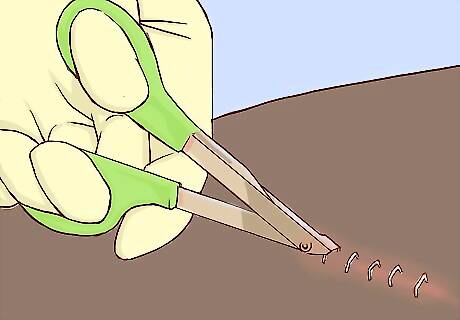
Use the staple remover to remove all the other staples. When the end of the incision is reached, inspect the area again to check for any staples that may have been missed. This will help to prevent future skin irritation and infection.
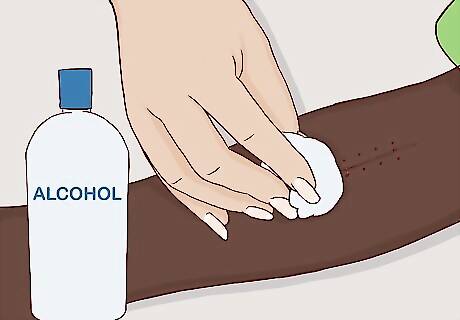
Cleanse the wound with antiseptic again.
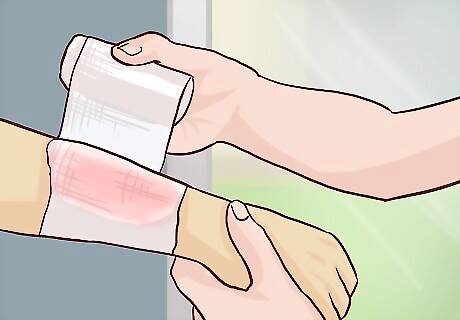
Apply a dry dressing or bandage if needed. The type of covering applied depends on how well the wound has healed. Use a butterfly bandage if the there is still skin separation. This will provide support and help to prevent the formation of a larger scar. Use a light gauze dressing to prevent irritation. This will act as a buffer between the affected area and your clothing. Expose the healing incision to the air, if possible. Make sure to not to cover the affected area with clothing, to avoid irritation.
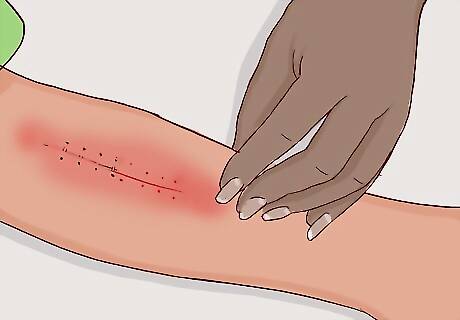
Watch for signs of infection. The redness around the closed incision should fade over a few weeks. Follow your doctor's advice on wound care, and be aware of the following signs of infection: Redness and irritation around the affected area. Affected area is hot to the touch. Increased pain. Yellow or green discharge. Fever.


















Comments
0 comment